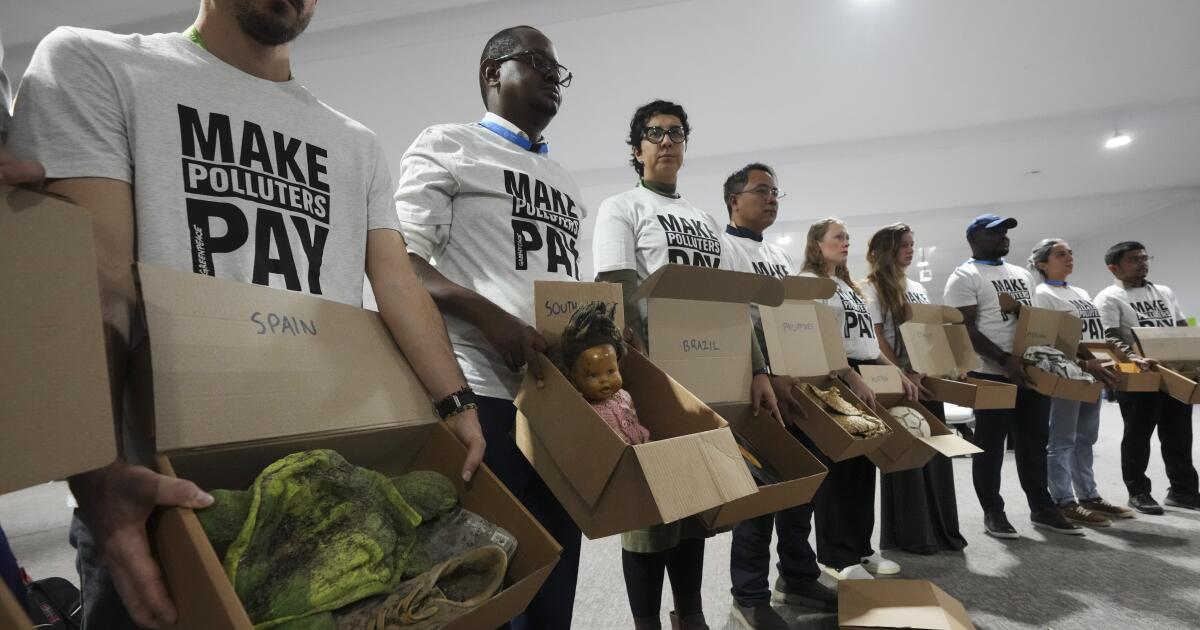As I settled in to enjoy the much-anticipated third season of The White Lotus, it wasn’t just the visuals that drew me in, but the distinct sounds of Thailand that truly set the scene. The unique calls from birds like the coucal and the Asian koel instantly transported me to the heart of a tropical paradise. And the opening credits? They were a visual feast, plunging viewers into a vibrant Thai cultural experience by transforming the leading characters into dynamic, mural-like depictions inspired by traditional Buddhist temple art.
The show brilliantly brings together a talented mosaic of Thai actors, pop icons, and models, all seasoned by the guiding hand of the Tourism Authority of Thailand, crafting a show that achieves an unparalleled level of cultural authenticity in contrast to previous Western portrayals of Thailand. We’ve definitely moved on since the stylized depiction of Anna Leonowens frolicking through a palace in the 1956 classic The King and I, which, unsurprisingly, faced a ban in Thailand for misrepresenting a much-admired monarch. Similarly, gone is the superficial take on Bangkok seen in The Hangover Part II, or the caricatured exploration of the tropics in Danny Boyle’s The Beach. In those tales, Western tourists encountered everything from stereotypical dangers like sharks to pilfering monkeys and armed farmers.
Such enduring stereotypes cast Southeast Asia as an exotic, disorienting backdrop that amplifies Western vulnerability, sometimes humorously, sometimes ominously. This trope, long supported by films like Coppola’s Apocalypse Now, which famously declared, "My film is Vietnam," often neglected authentic voices in favor of depicting an Americanized experience, largely shot outside of Vietnam itself.
Even as The White Lotus seeks to subvert these clichés, it occasionally struggles to break free. This is partly due to the Western gaze’s difficulty in fully embracing another culture while making it entertaining. Characters like Victoria Ratliff highlight this tension when she reacts skeptically to her daughter Piper’s desire to immerse herself in Buddhism, reflecting a cultural disconnect.
Additionally, Thailand’s adaptation of its image to suit Western preferences is evident throughout the series. An iconic moment features the Thai song "Made in Thailand" by Carabao, the essence of which might be lost on non-native listeners. Originally penned in 1984, it emphasizes pride in a heritage untainted by colonization, while critiquing Thailand’s willingness to cater to Western interests — fitting themes for the series’ storyline.
Historically, as Siam, Thailand deflected colonial advances by projecting an image of Western-style civilization, exemplified in The King and I by King Mongkut’s eagerness for his children to learn English. This theme of catering to Western desires continues in The White Lotus, where Thai characters often mirror the tourist-centric hospitality industry, though the subplot of Gaitok and Mook adds a refreshing layer of genuineness.
Despite Western influence, Buddhism stands as a cultural pillar, seemingly immune to external pressure. The show thoughtfully explores how Theravada Buddhism might aid characters grappling with personal turmoil, like Tim Ratliff and Rick Hatchett, alongside those like Piper and Lochlan, who are searching for deeper spiritual insights. Rick’s journey, facing his adversary Jim Hollinger, is especially poignant, contrasting with Frank’s indulgence post-showdown. Rick, much like Buddha resisting Mara’s temptations, initially rises above his inner caos.
Regrettably, Rick’s brief escape from suffering underscores the show’s reminder of life’s unresolved nature, as echoed by revered Buddhist abbot Luang Por Thera. Even in the face of potential nonviolence, Gaitok fulfills a deadly order, earning respect from his romantic interest.
In its finale, The White Lotus inevitably returns to a familiar Western narrative arc, despite its nods to Asian spirituality. Piper’s stint with Buddhist minimalism diminishes, Lochlan metaphorically resurrects after a near-death encounter, and the family heads back to America, accompanied by traditional carols replacing native bird songs.
The intricate dance of Western depictions of Thailand swings between mystic allure and vice-laden escapades. This duality, coupled with Thailand’s portrayal tailored to Western appetites, underscores an interesting limitation of The White Lotus—highlighting the complexity of embracing Thai culture in its full authenticity while meeting audience expectations.


















